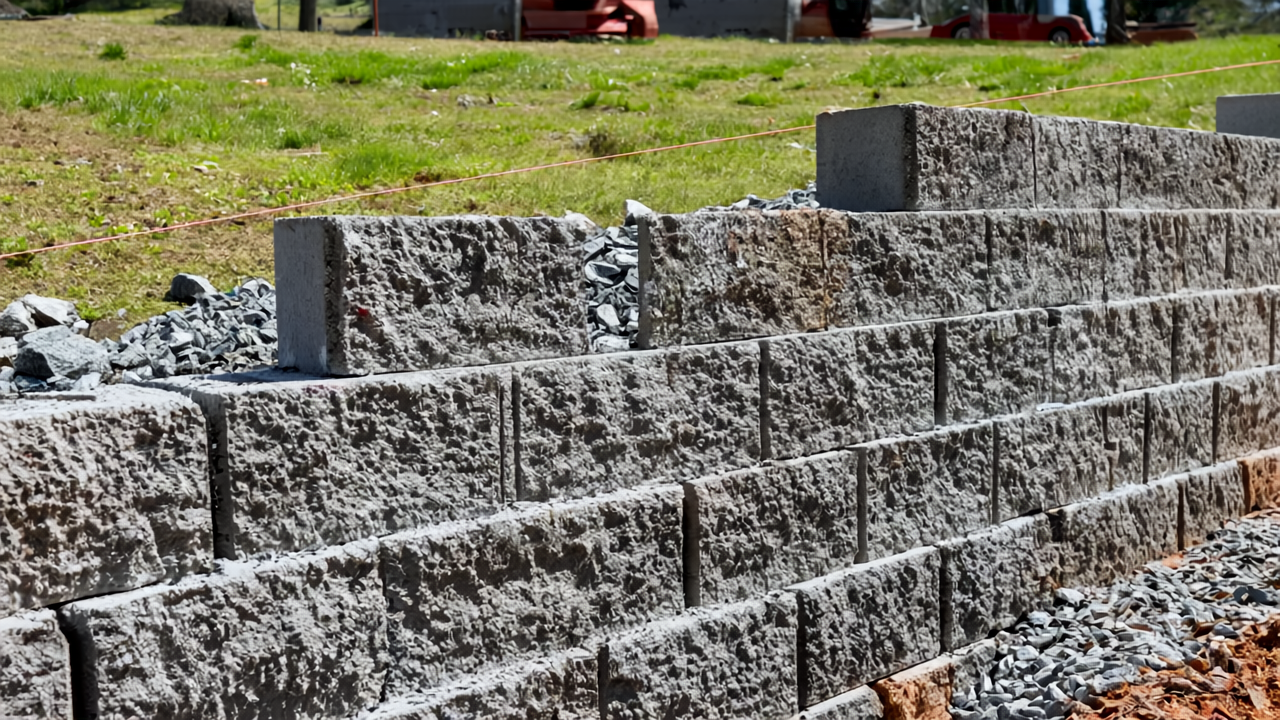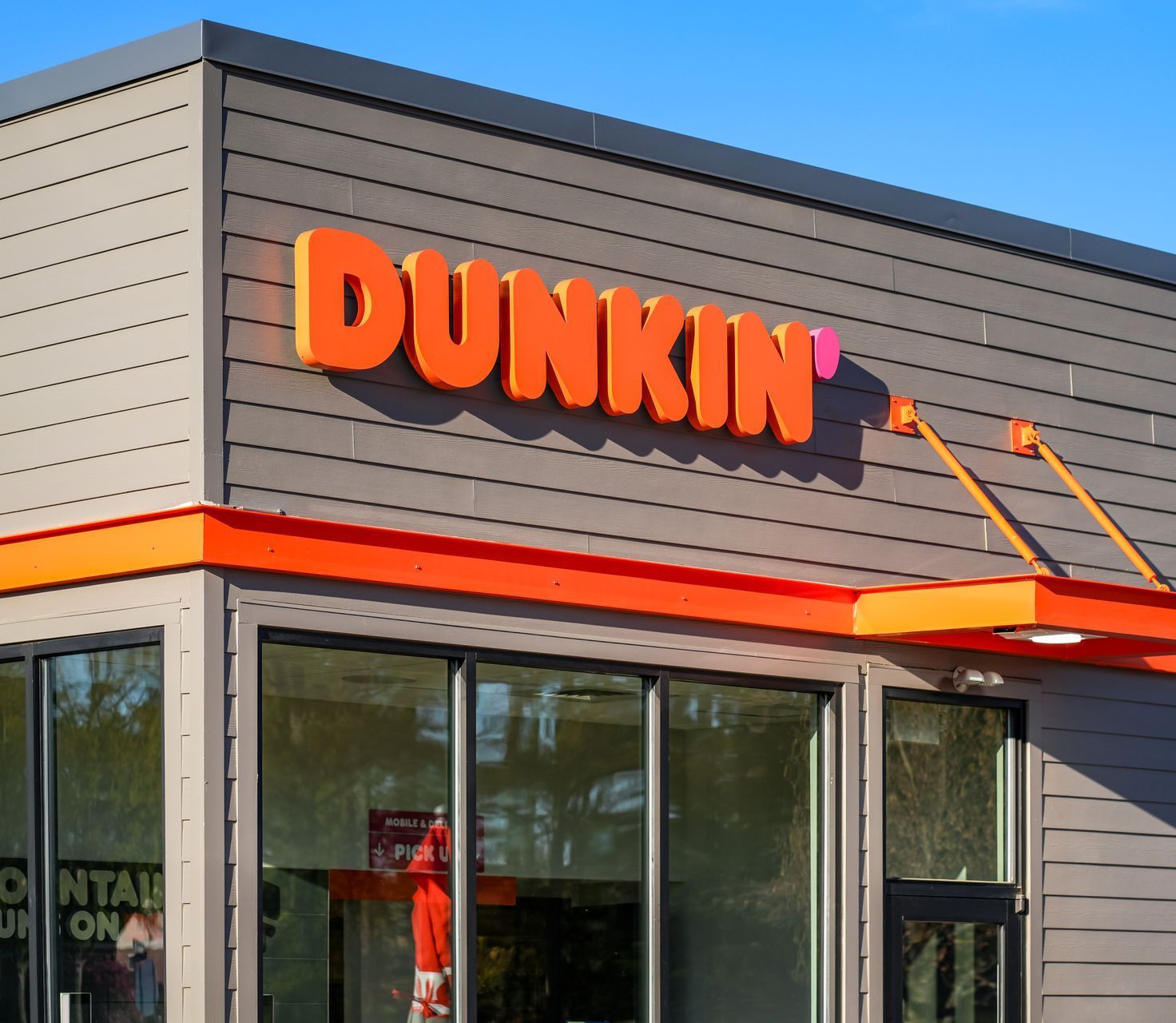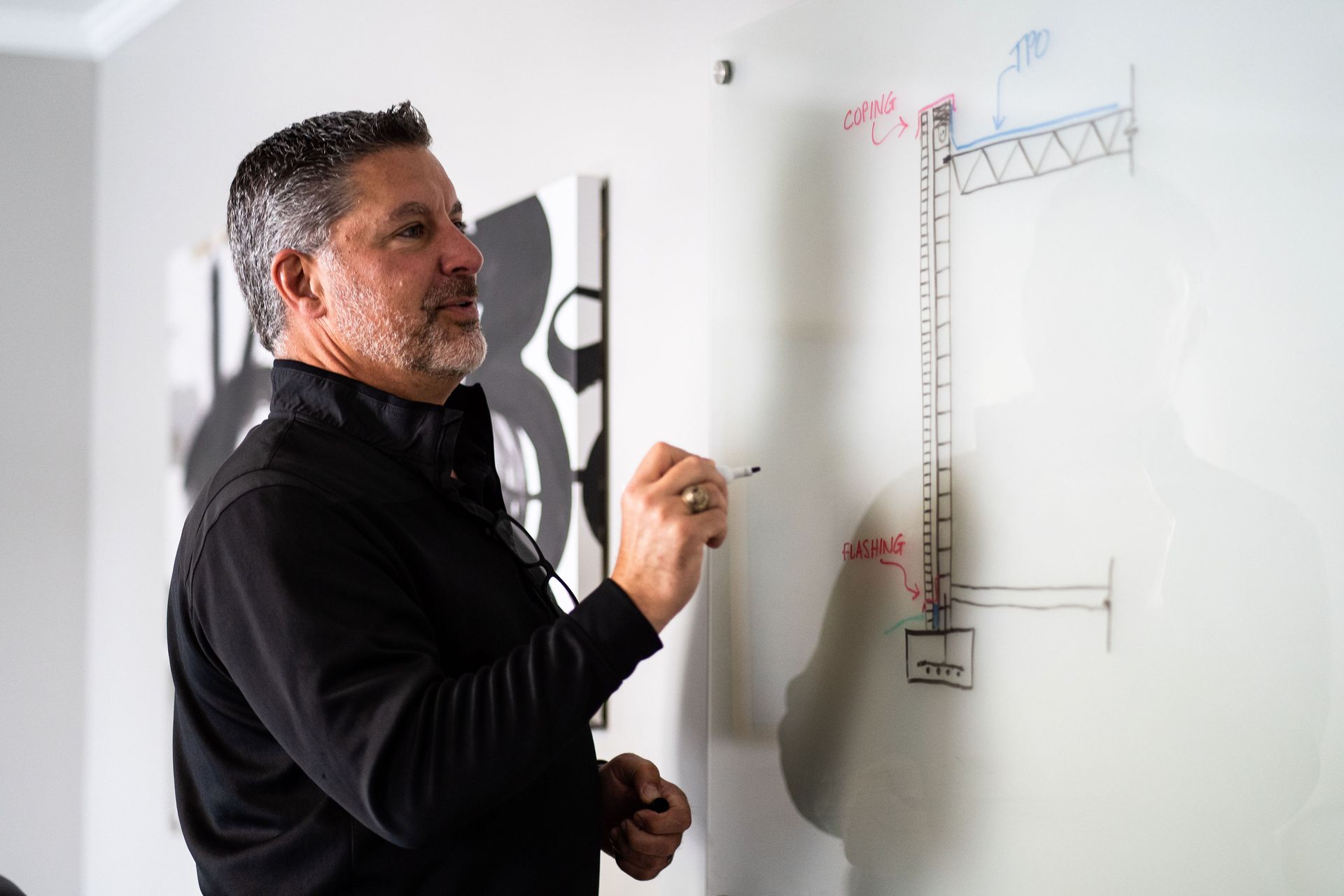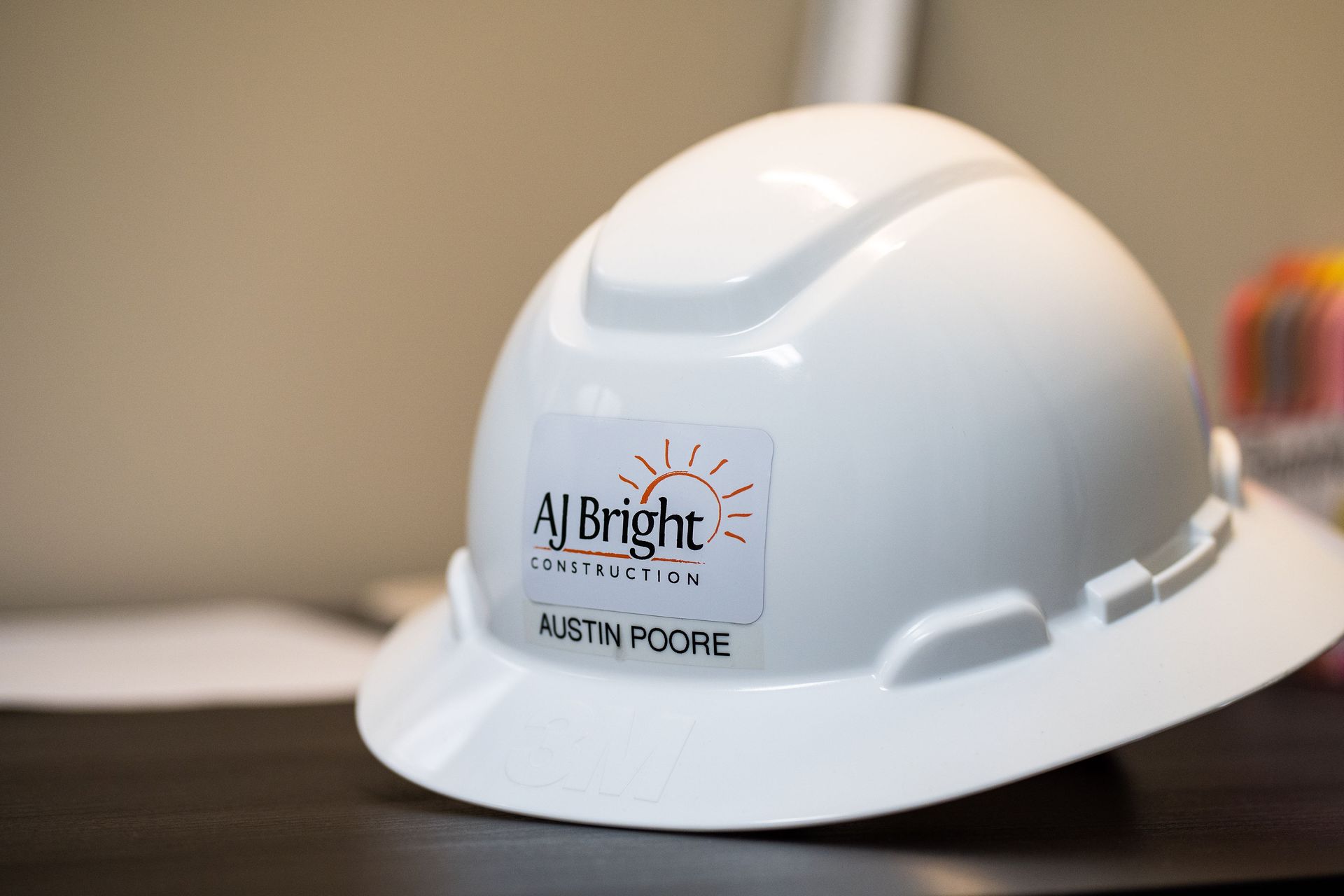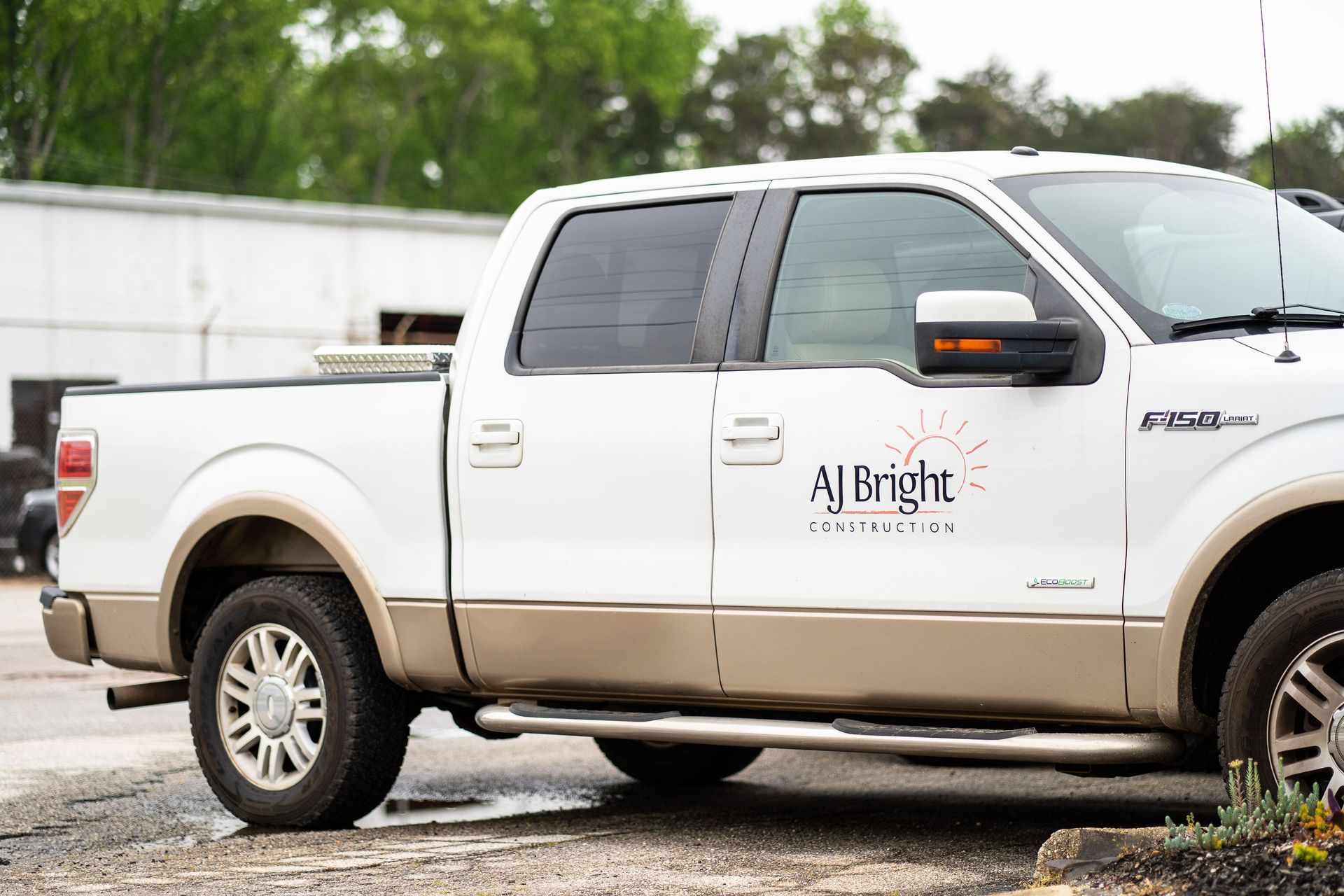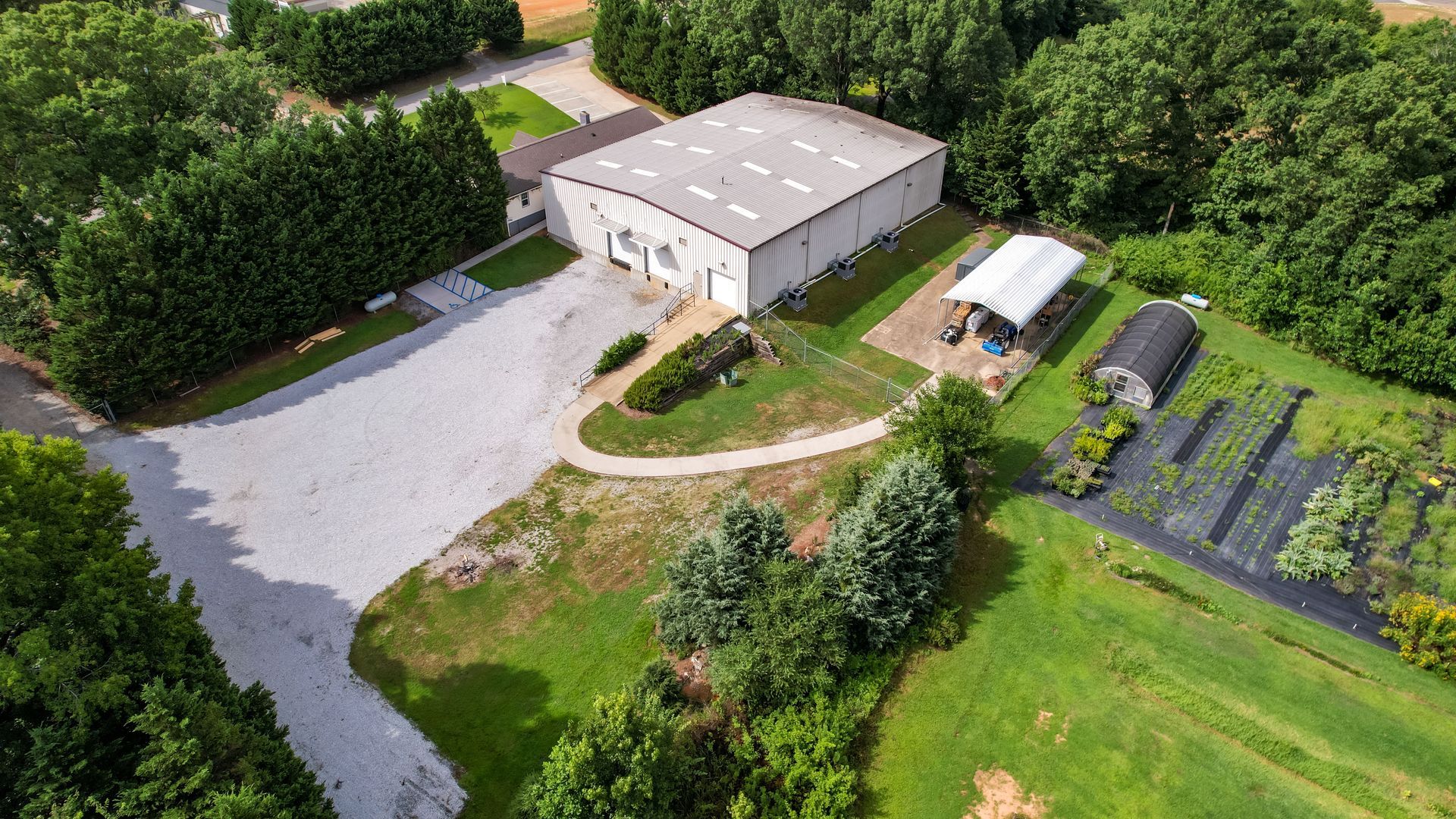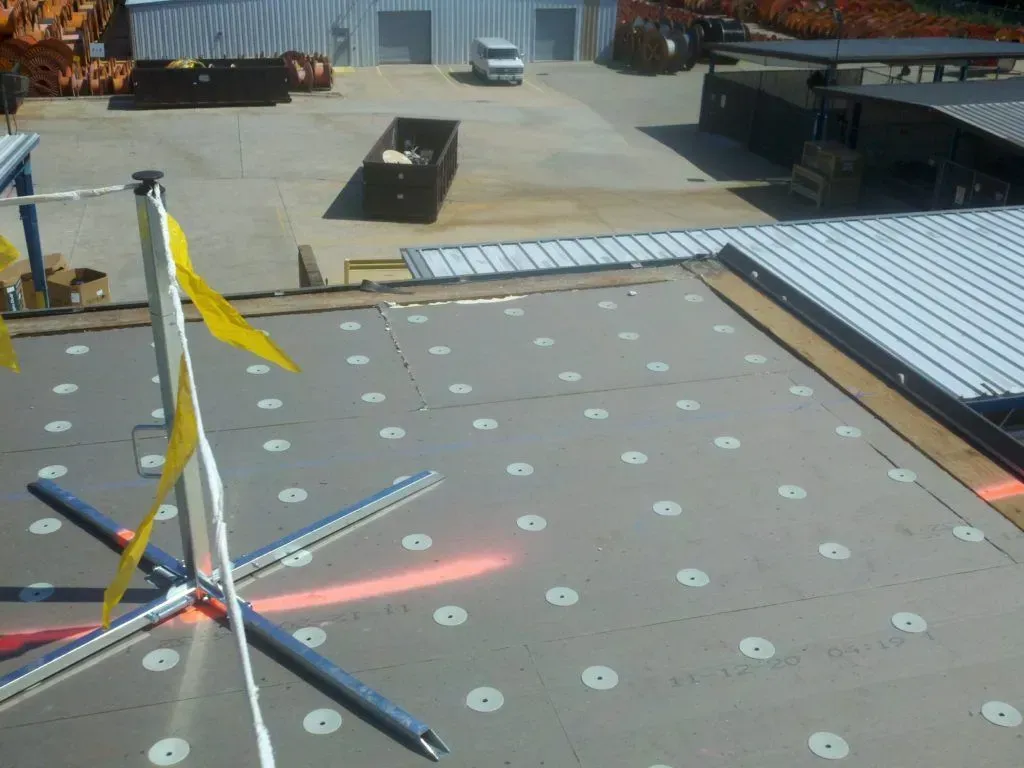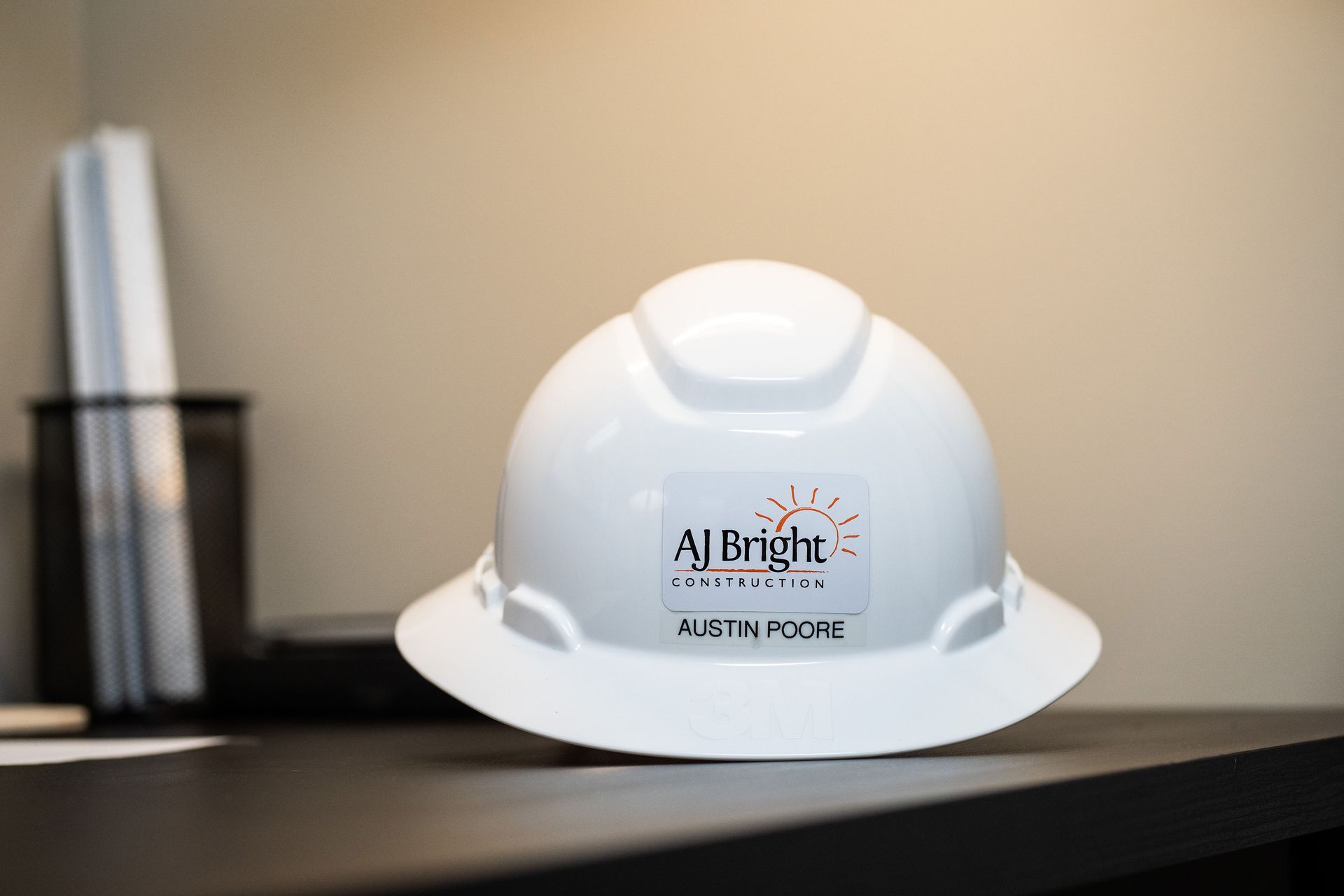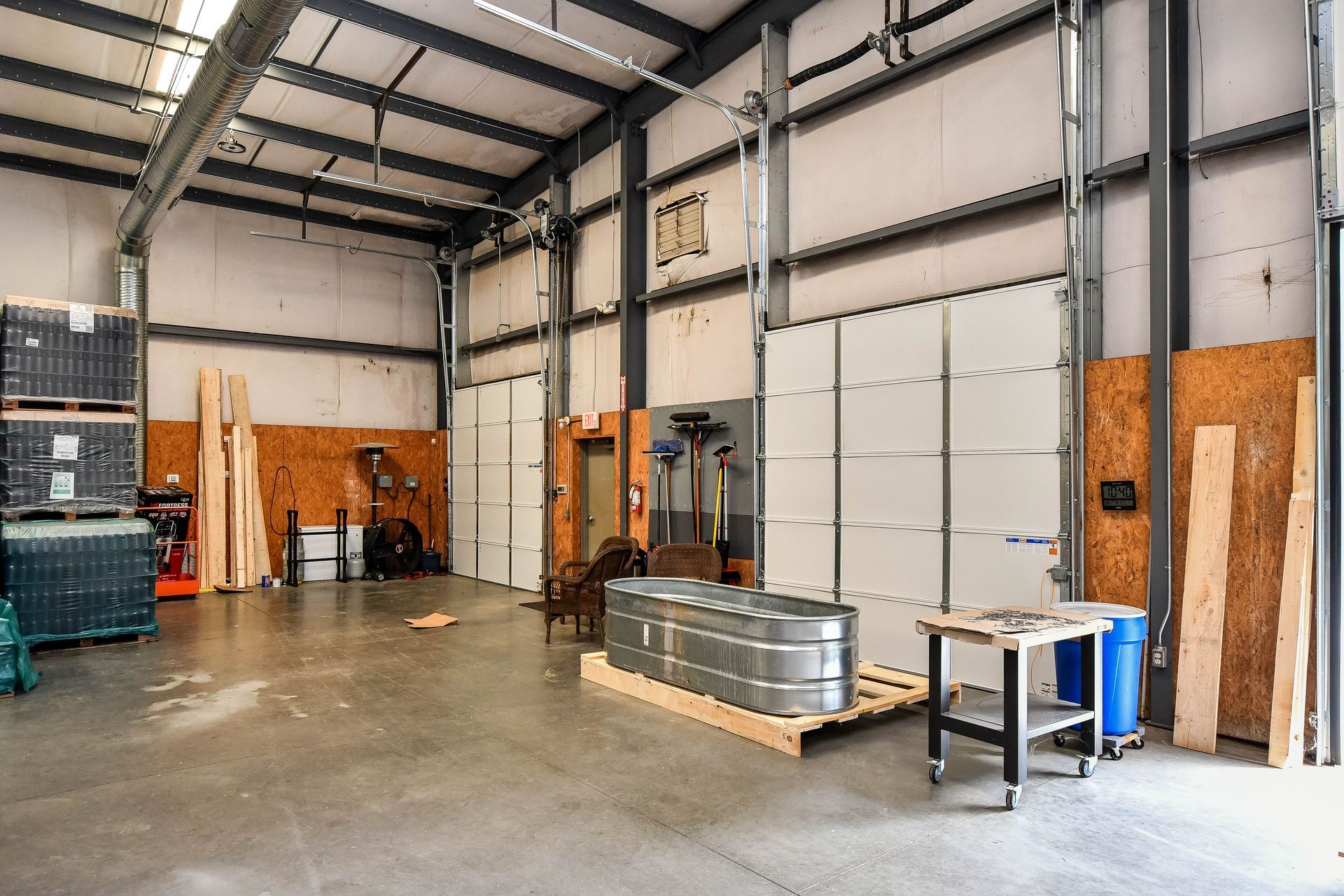How to Budget for Construction Materials When Building a Proposal as a General Contractor
Preparing a Quote as a Large-Scale General Contractor
Preparing an accurate and competitive proposal as a general contractor requires more than just rough estimates and guesswork, it demands a strategic, detail-oriented approach, especially when it comes to budgeting for construction materials. Whether you’re building a custom business front, renovating a commercial space, or quoting for a shopping development, the material costs can make or break the budget. Here's how to plan effectively, involve your client appropriately, and account for all the variables that influence material pricing in your proposal.
Start with the Client’s Vision and Material Preferences
One of the first steps in budgeting for materials is having an in-depth conversation with your client about their expectations. Does the client already have a clear vision of the materials they want to use? Are they looking for high-end finishes, eco-friendly options, or value-grade materials? Understanding their goals helps narrow down options and eliminates costly back-and-forth changes down the line. Alternatively, the client can suggest their maximum budget, and one of our talented Designers at AJ Bright Construction can mockup a beautiful floorplan.
Clients should be encouraged to give input on key finishes and materials such as flooring type, cabinetry, countertops, windows, insulation, and roofing. If left undefined, these selections can vary widely in cost and lead to budget overruns or last-minute scope changes. As a contractor, we can guide the process by offering a few tiered options that align with our client’s budget range. For example, showing the difference between builder-grade, mid-tier, and premium finishes can help the client make informed decisions and avoid sticker shock later.
Quality Matters, and You Should Clarify in Early Stages
The quality of materials selected is directly tied to both the budget and the longevity of the build. Higher-grade materials may carry a higher upfront cost, but they often lead to long-term value through durability and lower maintenance. Conversely, budget-grade materials might bring the project cost down, but could lead to increased repair or replacement costs in just a few years. When preparing a proposal, we always clarify whether the quote includes specific brands or generic equivalents and note whether material pricing is firm or subject to market volatility.
Don’t Overlook Time and Subcontractor Labor
While materials are a major part of the budget, they don’t exist in a vacuum. The time required to install certain materials, and the type of subcontractors needed, also plays into the overall project cost. For example, installing reclaimed hardwood flooring might require more labor hours and specialized skill compared to basic vinyl plank installation. Similarly, sourcing custom stonework may involve extended lead times, which can affect your project schedule and subcontractor availability.
When assembling your proposal, be sure to factor in how material choices impact scheduling. Will one material lead to delays due to availability or longer installation times? Do you need to hire a specialist or bring in additional subcontractors to meet the client’s design expectations? All of these labor-related considerations should be integrated into your budgeting model and explained in your quote to avoid surprises mid-project.
Creating a Clear, Transparent Budget
A well-structured proposal will break down material costs by category and provide allowances where exact choices have not yet been finalized. Transparency builds trust and lets the client see where their money is going. Ready to get a project proposal? Contact AJ Bright Construction in Greer, SC today. We can’t wait to work with you!



